Search
Search Results

Article
Pizarro and Atahualpa: The Curse of the Lost Inca Gold
In November 1532 CE, Francisco Pizarro led a group of about 160 conquistadors into the Inca city of Cajamarca. The illiterate and illegitimate son of an Extremaduran nobleman and an impoverished woman, Pizarro had spent his entire life on...
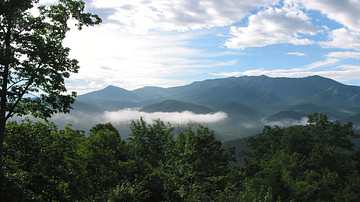
Article
How the World Was Made: A Cherokee Creation Story
How the World Was Made is a creation story of the Cherokee nation, which, like many such tales of the Native peoples of North America, begins with a world covered by water from which dry land is formed and natural order created by beings...
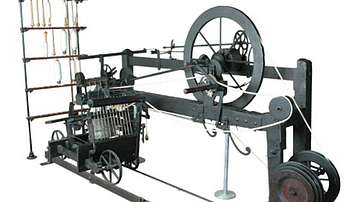
Image
Crompton's Spinning Mule
Samuel Crompton invented the spinning mule in 1779, which greatly increased the speed of spinning yarn for textile production. It made finer and more uniform yarn than previous machines and had many more spindles, up to 1,320. The invention...
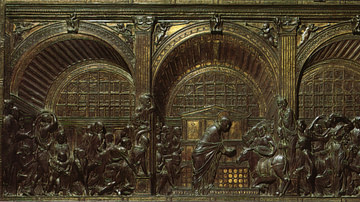
Image
Miracle of the Mule by Donatello
The silver and gilt relief panel known as the 'Miracle of the Mule' by the Italian Renaissance artist Donatello (c. 1386-1466 CE). The panel is one of four created for the high altar of the Sant' Antonio Basilica in Padua, Italy. 1446-1450...
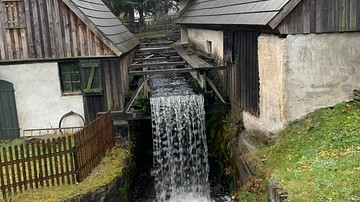
Article
History & Mining Culture of the Ore Mountains
The Ore Mountains (Erzgebirge) on the border between Germany and the Czech Republic is a region rich in history and culture connected to the mining industry. For centuries the cities on both sides of the mountain range had sustained themselves...
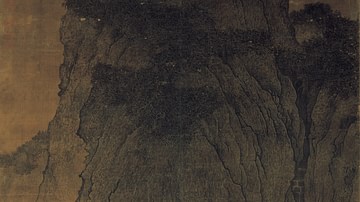
Image
Travelling among Streams & Mountains by Fan Kuan
Travelling among Streams & Mountains by Fan Kuan (c. 990-1030 CE). Song Dynasty. Painted silk, 2 x 1 metres. (National Palace Museum, Taipei)
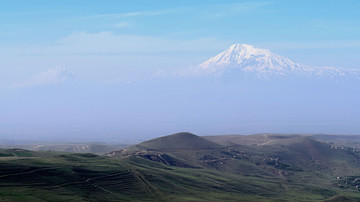
Definition
Mount Ararat
Mount Ararat (Armenian: Masis; Turkish: Ağrı Dağı; Kurdish: Çiyaye Agiri; Azeri: Ağrıdağ; Persian: Kūh-e Nūḥ) is a dormant, compound volcanic mountain, consisting of two ancient volcanic peaks, located in present-day eastern Turkey...
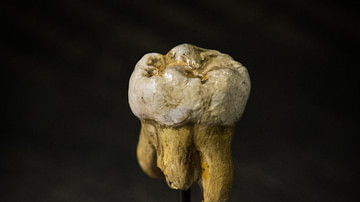
Definition
Denisovan
The Denisovans are an extinct group of fossil humans who, along with their sister group the Neanderthals, also share an ancestor with Homo sapiens. Thus far, they are known only from Denisova Cave in the Altai Mountains in Siberia, where...
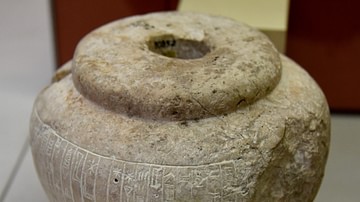
Definition
Gutians
The Gutians were a West Asiatic people who are thought to have lived around the Zagros Mountains in a region referred to as Gutium. They had no written language and all that is known of them comes from their enemies, including the Akkadians...
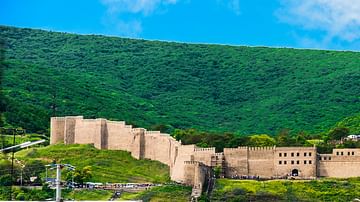
Definition
Derbent
Derbent (sometimes "Derbend" or "Darbend") is an ancient city located along the Caspian Sea in what is present-day Russia. Although the area in and around Derbent has been continuously inhabited since at least the 8th century BCE, Shah Yazdegerd...